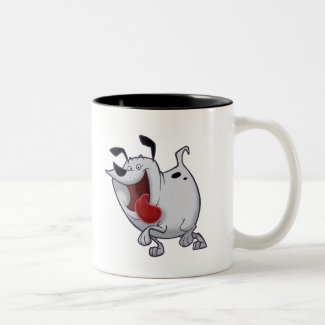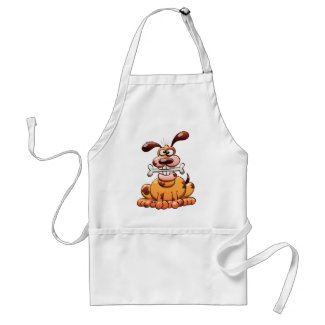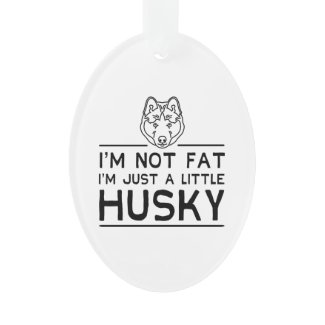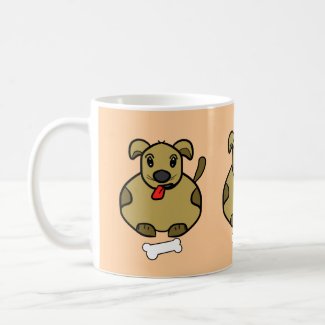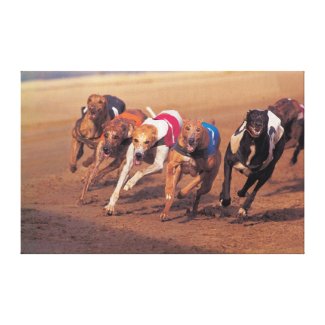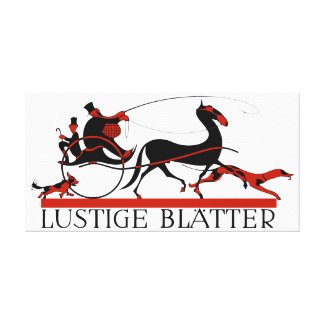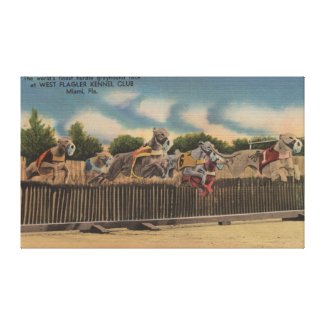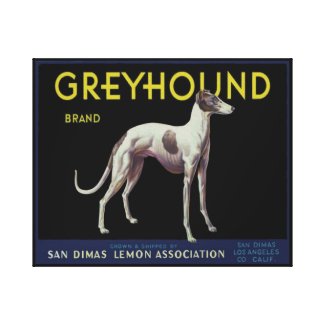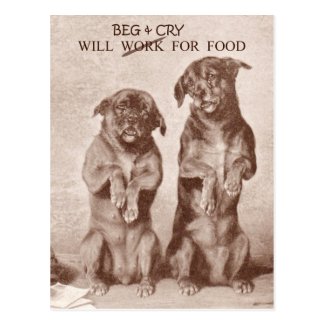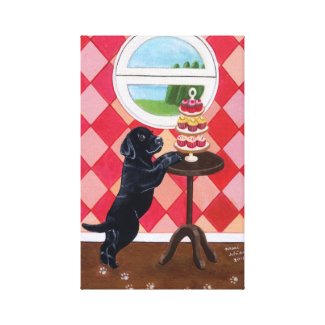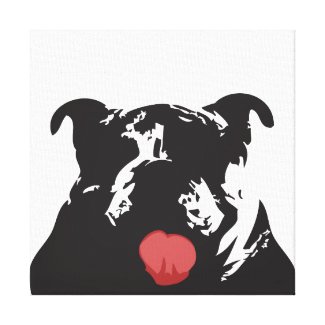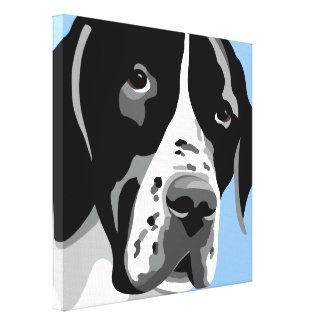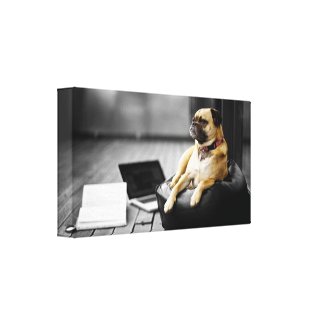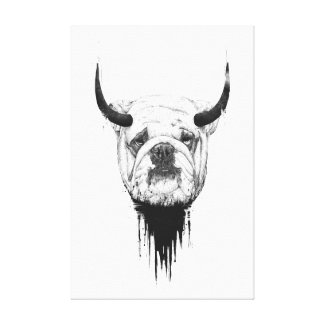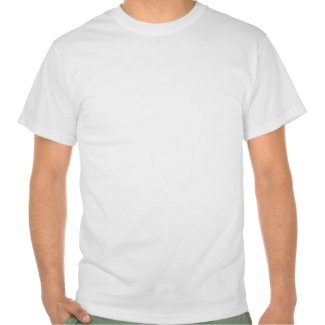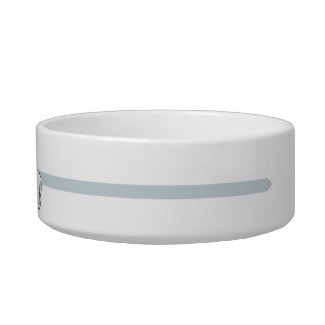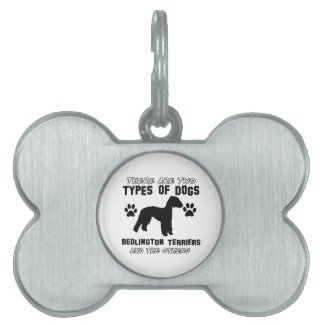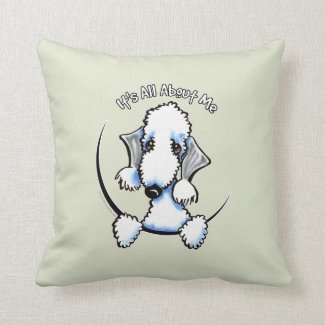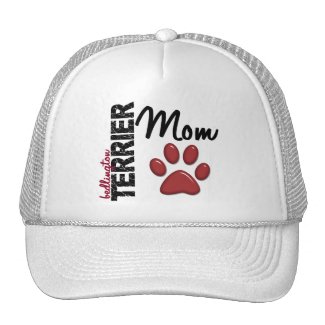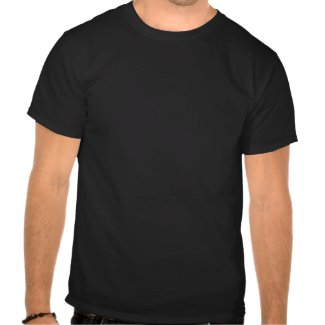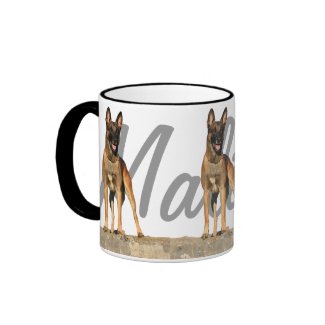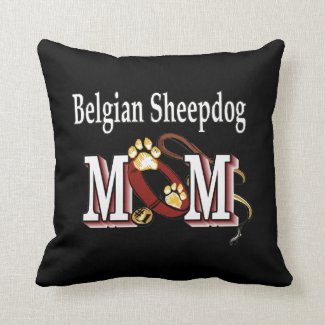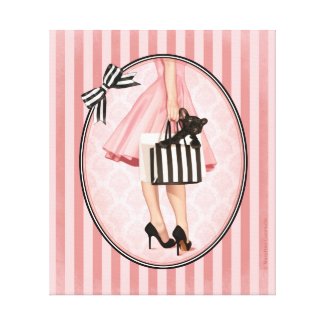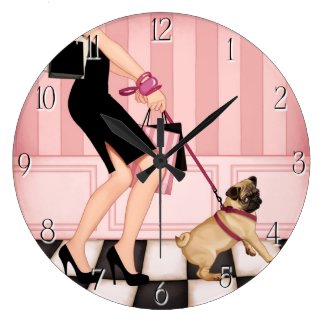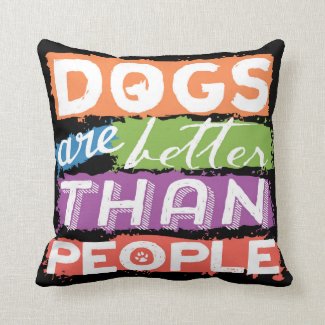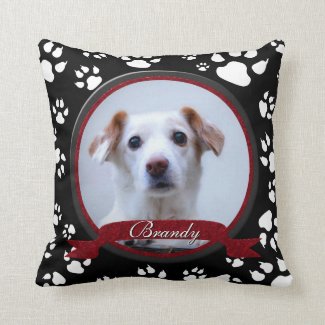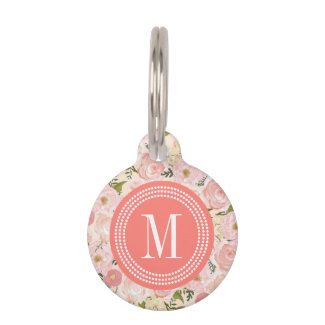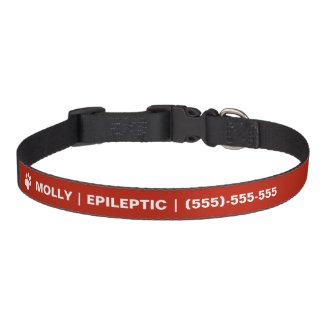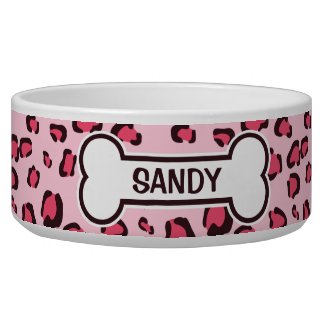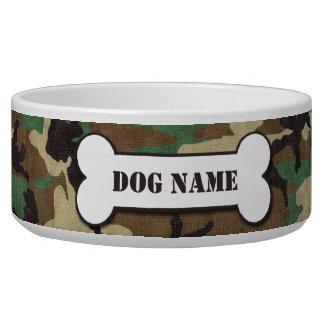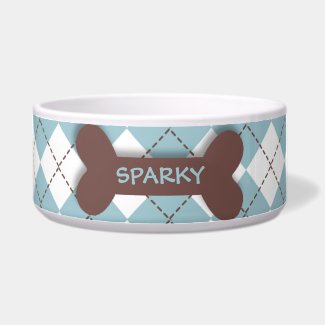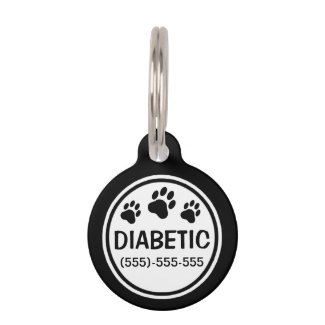Avocados: A Surprisingly Healthy Fruit For All Dogs (2)
Most dogs love avocados. They taste good,
and they are an excellent source of fat. Fat is responsible for providing dogs
with extra amount of energy and gives them healthy skin as well as an extra glow
in their coat.
Strangely enough, it was the dogs
themselves who led us to the idea of using the avocado as a supplement to the
canine diet. It seems that avocado growers' pet dogs were competing with the
growers for any fallen fruit. The growers became curious and decided to compare
the nutrients that this amazing fruit contained with those needed by canines.
According to a Veterinary professor at Iowa
State University, this fruit enhances hair quality as well as skin tone, with
which avocado growers have reported in their dogs is most likely due to the
amount of linoleic acid of the fruit when added to the dog’s diet.
For The Owners With Dogs On A Diet
Of course, this fruit alone could not be
recommended as the only nutrient source for dogs. But an avocado, in small
quantities as a supplement, might be helpful if adequate amount of fat were not
available from other sources.
A dog’s requirement of fat depends mostly
on the amount of activity he engages in. For instance, an active working dog
needs up to twenty percent fat in his diet, while the average household dog
that walks a few blocks everyday needs only five to eight percent of fat in his
diet. The very thin dog should get a diet rich in fat until his weight and
health improve. The pregnant and nursing female dog also needs greater amounts
of fat in her diet.
The majority of canine canned foods contain
adequate fat to satisfy the need of an average household dog. However, if the
dog is fed a diet strictly of dry meal, it might be moistened with additional
sources of fat.
Avocados are an excellent source of fat for
this purpose. And for canines that get most of their fat from canned foods,
this tasty fruit also serves as an occasional treat. Avocados might be
alternated with other occasional food supplements to add variety to the dog’s
regular diet. Simply put, dogs love avocados and they are good for them!
Word Of Warning: Documented evidence suggests
that some dogs, as well as other domestic animals like cats and cattle, can be
severely harmed and prove fatal when they eat the avocado pit, skin, leaves,
and bark of the avocado tree. Therefore, when supplementing your dog’s diet
with avocados, make sure to only give him the meat of the fruit.
